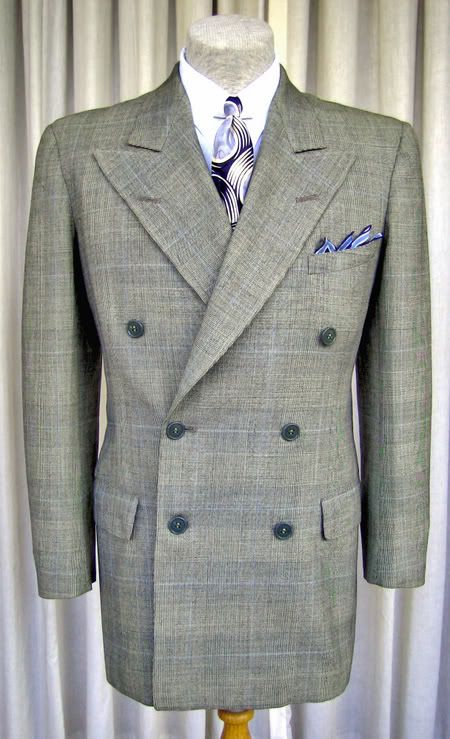The history of clothes is interesting. For awhile tailors for the large extent were the rulers of fashion. Then Levi pretty much invented manufacture clothing. Fashions certainly moved into RTW. If you put something new in front of your customers and they like it they want to buy it- the more new- the more sells. At one time suits, blazers, sports coats were it for men. But like everything times change. Would you wear a suit mt. biking? How about skate boarding? skiing? mountain climbing? And so it goes. Today there are more choices to choose from and suits, blazers, sports coats were pretty much forgotten.
"Time has got to pay for itself, and better yet bring in a profit." Manufactures put a lot of time into reseach (figureing out what to make and how to make it), because they sell by the thousand to millions, they get there money back, or lose their shirt. Whereas, you bring in something to a tailor (most know a great deal more about making patterns) he has to spend the time figureing out how to make it- if he spends to much time he is into the red. Another problem is when a generation that made those clothes die, so does there knowlege and skill. For example, how many tailors and manufactures today know how to press like in the old days? On top of that they each had there own methods. And, what company makes the irons that they used back then? An old tailor was showing me his dad's 20# iron and his own 20# iron, these only work on cloth 16oz. and heavier, so he says. When you bring something in to a tailor he can only work with materials that are available today. And that you are only bringing in one variation of the day, when there could have been hundreds. So what you get could actually be authenic, except for the materials.
If you live near a college that has classes on threater clothes you might find them rather fun to take.
That picture -- Mr. 'H' - I just would love to have a suit cut like Cary Grant's in "His Girl Friday" -- has heavier hymo in it than what is used today for that weight outer cloth. Haircloth may not have been invented yet, for the chest cloth, so a piece of hymo would have been used in it's place. A lot of the outer cloth has been shaped on a tailors ham and not pressed on the flat. That is a nice coat!!
"Time has got to pay for itself, and better yet bring in a profit." Manufactures put a lot of time into reseach (figureing out what to make and how to make it), because they sell by the thousand to millions, they get there money back, or lose their shirt. Whereas, you bring in something to a tailor (most know a great deal more about making patterns) he has to spend the time figureing out how to make it- if he spends to much time he is into the red. Another problem is when a generation that made those clothes die, so does there knowlege and skill. For example, how many tailors and manufactures today know how to press like in the old days? On top of that they each had there own methods. And, what company makes the irons that they used back then? An old tailor was showing me his dad's 20# iron and his own 20# iron, these only work on cloth 16oz. and heavier, so he says. When you bring something in to a tailor he can only work with materials that are available today. And that you are only bringing in one variation of the day, when there could have been hundreds. So what you get could actually be authenic, except for the materials.
If you live near a college that has classes on threater clothes you might find them rather fun to take.
That picture -- Mr. 'H' - I just would love to have a suit cut like Cary Grant's in "His Girl Friday" -- has heavier hymo in it than what is used today for that weight outer cloth. Haircloth may not have been invented yet, for the chest cloth, so a piece of hymo would have been used in it's place. A lot of the outer cloth has been shaped on a tailors ham and not pressed on the flat. That is a nice coat!!









